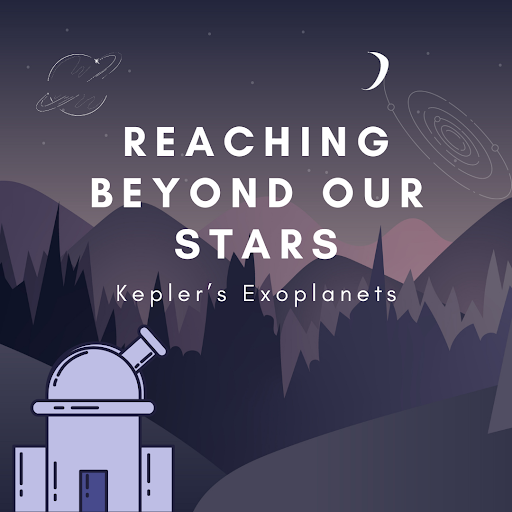Cancer Research – Pets to People: Animal Stories

Join C2ST and the Carl R. Woese Institute for Genomic Biology (IGB) for Anticancer Discovery from Pets to People (ACPP), a limited series detailing the latest in cutting-edge research conducted at the University of Illinois Urbana Champaign (Illinois). Learn how the analysis of cancers in pet dogs and cats can help identify promising new anticancer drugs for humans. Dr. Timothy Fan, a veterinary oncologist, and cancer researcher, will walk us through the work being done at the Comparative Oncology Research Laboratory on a subject that has far-reaching implications for the human and animal worlds.
The second program will explore animal case studies.
Continue reading “Cancer Research – Pets to People: Animal Stories”



